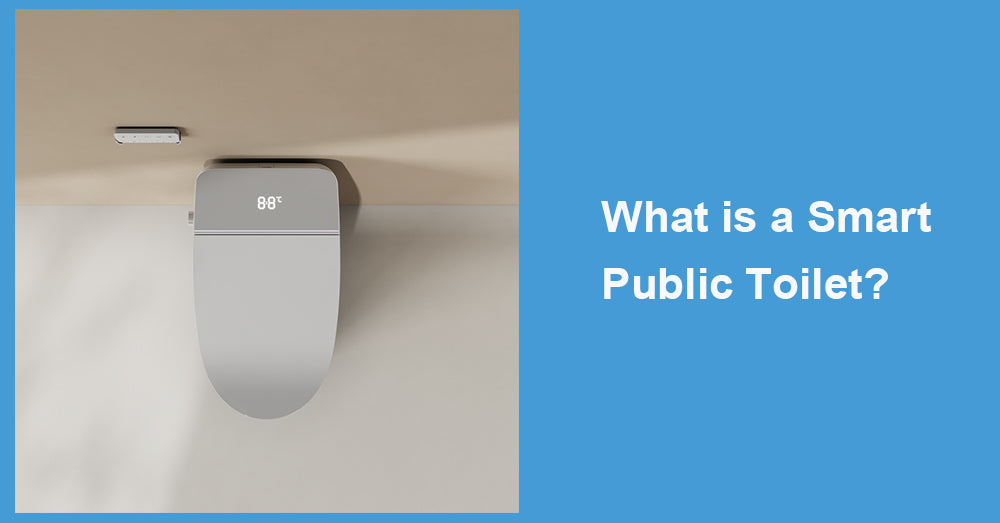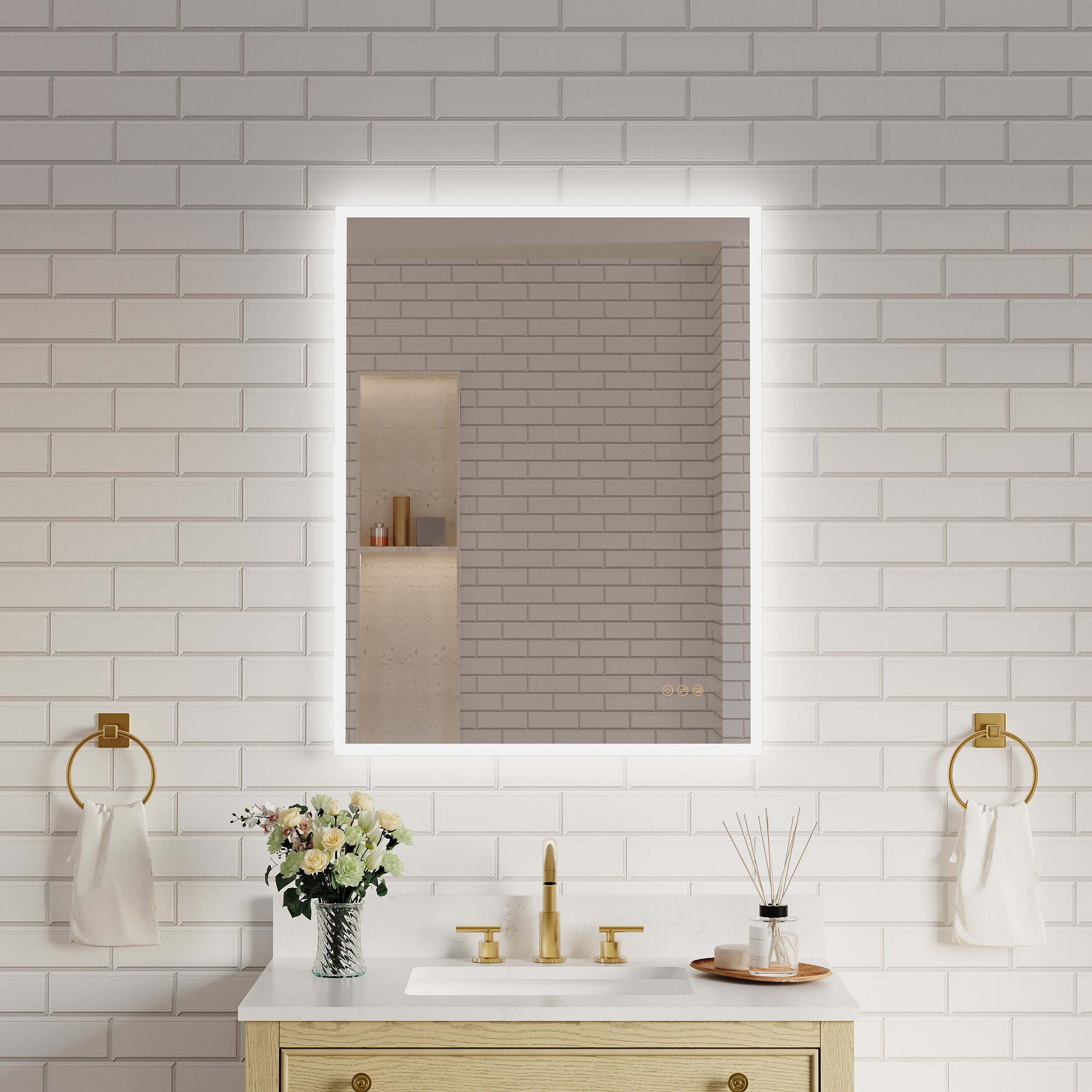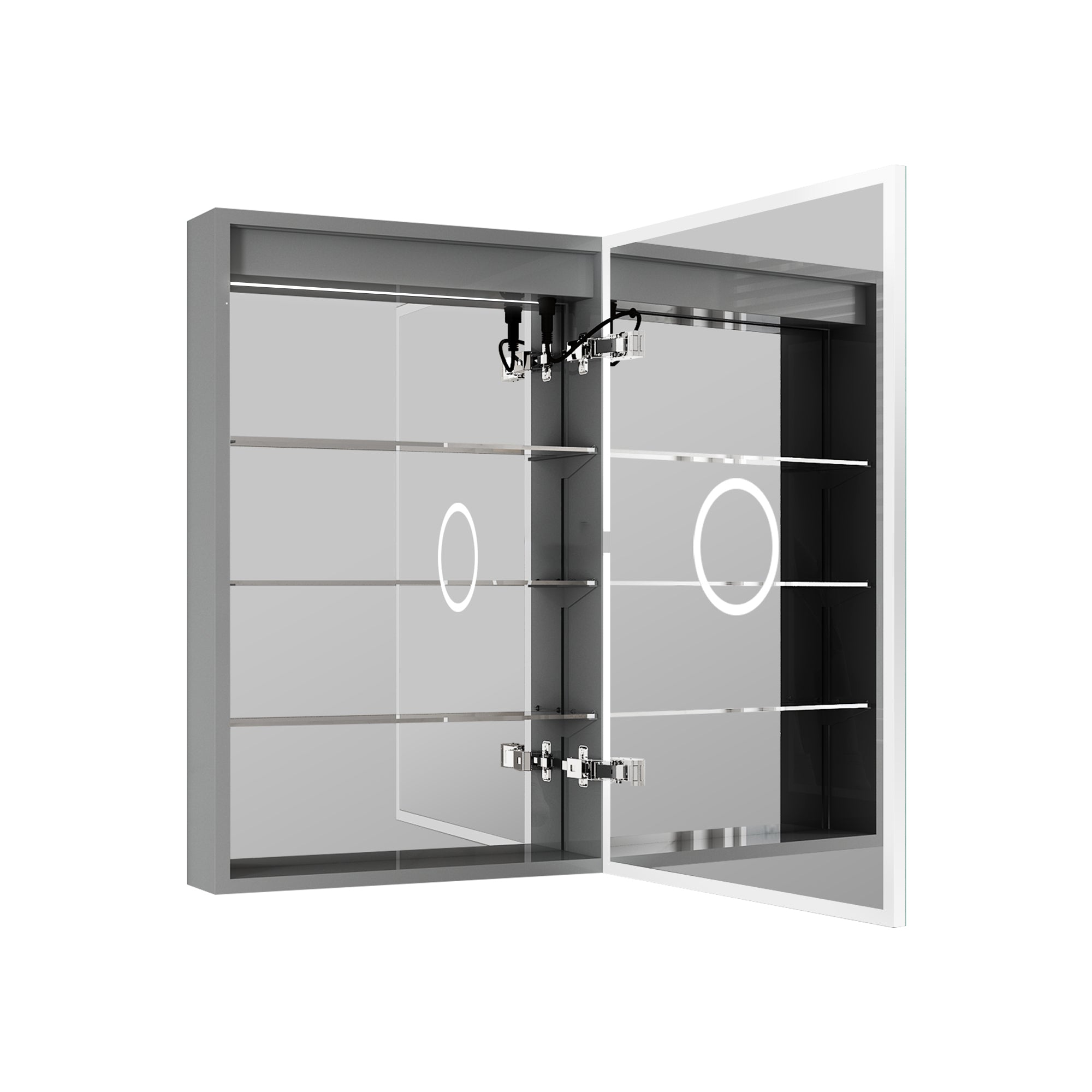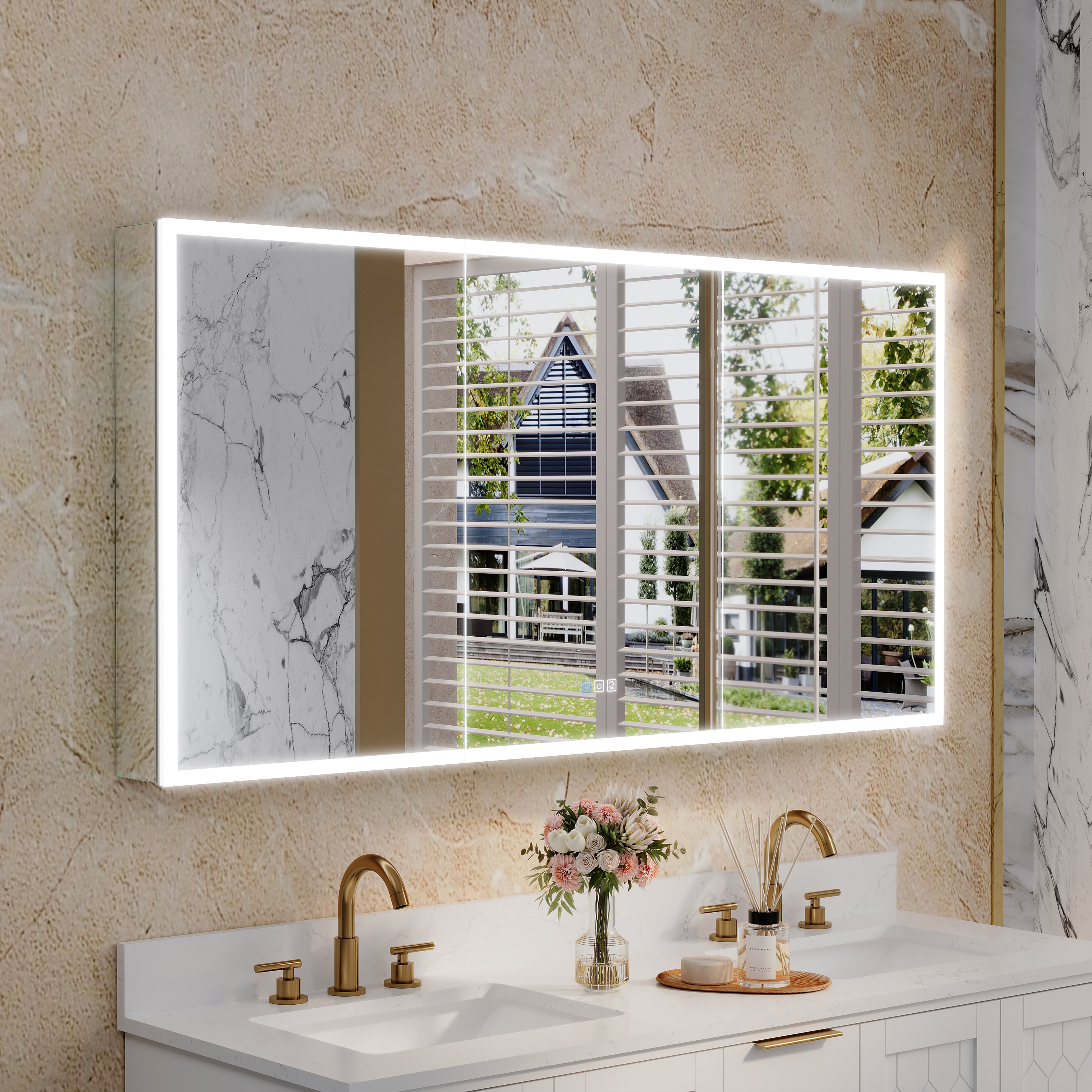In today’s fast-paced world, technology is transforming nearly every aspect of our lives, and public restrooms are no exception. Enter the smart public toilet, a high-tech solution for modern hygiene, convenience, and sustainability. If you’re curious about how smart toilets redefine public spaces, this guide will provide all the details.
What is Smart Public Toilets
Smart toilets are intelligent facilities that combine cleanliness, comfort, and convenience by integrating technology into traditional restroom fixtures. Smart toilets, via sensors, automation, and IoT devices, have become user-friendly because this maintains and optimizes operations for better water and energy consumption and improves public health. Smart toilets are gaining popularity in busy cities, airports, and other locations where hygiene and accessibility are top priorities.
Smart public toilets sound out of this world, but with increasing health and sanitation concerns, people want better service and much cleaner premises. From self-cleaning systems to touchless technology, smart public toilets will rewrite urban sanitation rules.
Key Features of Smart Public Toilets
The defining aspect of smart public toilets lies in their innovative features. Here’s a look at some of the most common technologies found in these modern restrooms:
Self-Cleaning Systems
One of the most popular smart features is the self-cleaning mechanism. After each use, the toilet seat, floor, and other touchpoints can be sanitized automatically, reducing the risk of contamination and minimizing the need for constant human supervision.
Touchless Technology
Smart public toilets often employ touchless features for flushing, handwashing, and even door operation. Motion sensors help users avoid contact with surfaces, which not only improves hygiene but also provides a more accessible experience for people with disabilities.
Real-Time Monitoring and Maintenance Alerts
Smart toilets alert maintenance staff when supplies (like soap or toilet paper) are low or the restroom requires cleaning. This feature ensures that public restrooms are always stocked and clean, contributing to a positive user experience.
Automated Water and Energy Control
Smart public toilets conserve resources by using sensor-based faucets and lighting, which helps reduce operational costs. For example, lighting that activates only when someone enters and water-conserving flush systems help lower utility expenses.
Built-In Air Purifiers and Deodorizers
For a more pleasant experience, some smart toilets come equipped with air purifiers and deodorizers that automatically keep the air fresh and eliminate unpleasant odors.
User Analytics and Crowd Management
In high-traffic areas, smart toilets can provide data on usage patterns. This information helps facility managers understand peak times and plan accordingly, ensuring the toilets remain functional even during heavy use.
Advantages of Smart Public Toilets

Why are cities, airports, and public venues worldwide investing in smart toilet technology? Let’s look at the key benefits:
Enhanced Hygiene and Safety
With features like self-cleaning and touchless technology, smart toilets minimize the risk of cross-contamination. They’re particularly beneficial in busy locations where cleanliness is essential to public health.
Greater Accessibility for All
Smart public toilets offer convenient access to individuals with disabilities, parents with young children, and the elderly. Touchless technology and automated door systems make these facilities accessible to more users.
Resource Efficiency and Environmental Impact
Smart toilets contribute to environmental sustainability by controlling water flow and energy consumption. Sensor-based faucets, water-saving flushes, and automated lighting can make public restrooms significantly more eco-friendly.
Cost Savings for Facility Management
Reduced need for manual maintenance and lower utility expenses make smart toilets a cost-effective choice for public spaces. Real-time alerts also allow maintenance teams to focus on other tasks, improving overall efficiency.
Enhanced User Experience
Clean, well-maintained restrooms improve user satisfaction and encourage positive feedback. This benefit is precious in airports, shopping centers, and parks where visitors’ experiences shape the venue’s reputation.
Challenges of Implementing Smart Toilets in Public Spaces
While smart toilets bring numerous benefits, there are also challenges that facility managers face when integrating them into public spaces:
High Initial Investment
Smart toilet technology is costly to implement, especially when retrofitting existing restrooms. For some municipalities and organizations, the initial expense may be a barrier to adoption.
Maintenance of Complex Systems
While smart toilets reduce routine maintenance needs, they require specialized knowledge to repair or troubleshoot. Facility teams may need additional training to manage the technology effectively.
Privacy Concerns
Sensors and data collection have raised concerns about privacy in public restrooms. Facility managers must use technology responsibly and transparently to ensure compliance and user comfort.
Power and Connectivity Issues
Smart toilets rely on a stable power source and, in some cases, internet connectivity. These toilets may face functionality issues in areas where power outages or network interruptions are expected.
The Future of Smart Public Toilets
The future of smart public toilets looks promising as cities seek innovative solutions to manage urban infrastructure efficiently. Advancements in AI could lead to toilets that predict maintenance needs and adapt to individual user preferences. As awareness of hygiene and sustainability grows, more facilities will likely turn to smart toilet technology.
As we move forward, we may also see increased integration with mobile applications, allowing users to locate the nearest clean restroom, check occupancy, or reserve a time slot in busy areas. The convenience, cleanliness, and sustainability of smart public toilets align with modern city planning, making them a smart investment for future urban design.
Conclusion
Smart toilets represent more than just another area of technological innovation; rather, they are a pressing need that was long overdue as far as meeting current sanitary urban demands goes. Equipped with new technologies-ranging from touchless systems to self-cleaning mechanisms and to real-time monitoring-these toilets boast greater hygiene, convenience, and, for that matter, environmental efficiency. Yet, though there are valid challenges involving cost and maintenance, the advantages of smart toilets make them all the more popular among public facilities around the world.
Smart public toilets, increasingly embraced worldwide, allow better user experience in addition to a cleaner, safer public environment. Be it an urban planner, a facility manager, or even the curious reader, smart toilets are an excellent example of technologies that can make those most essential aspects of daily life just a little bit smarter.
















Leave a comment
This site is protected by hCaptcha and the hCaptcha Privacy Policy and Terms of Service apply.